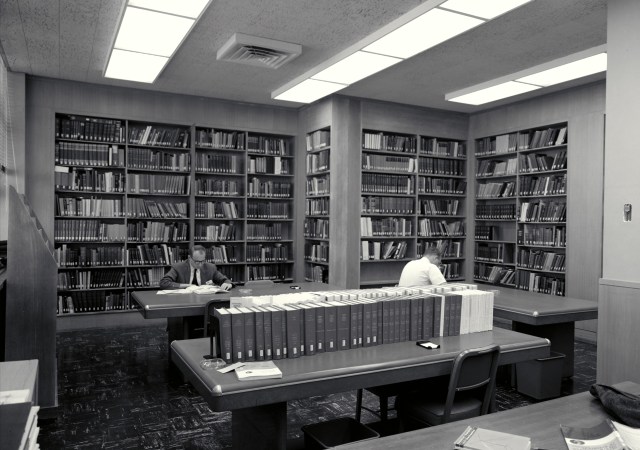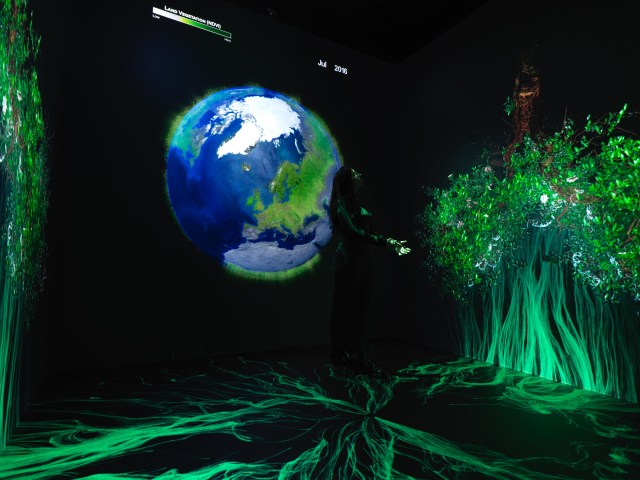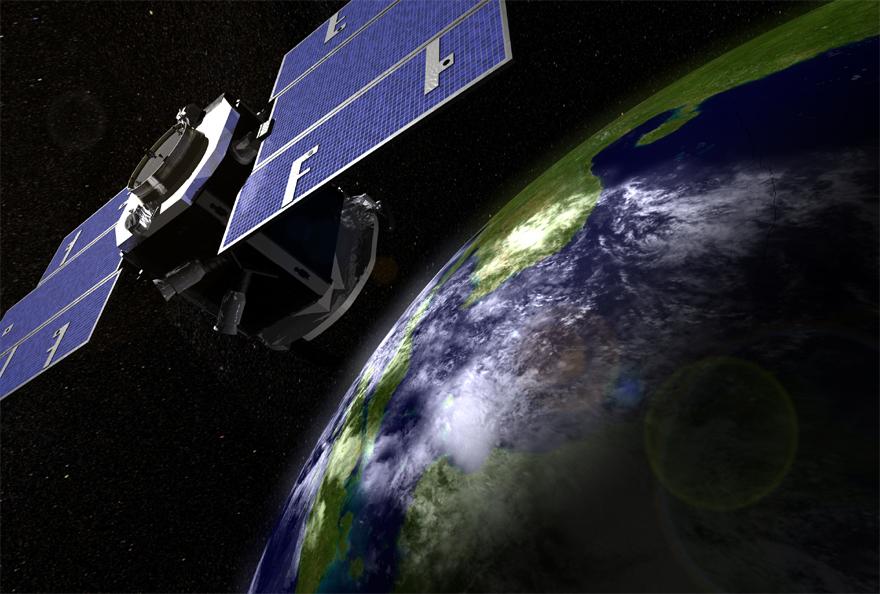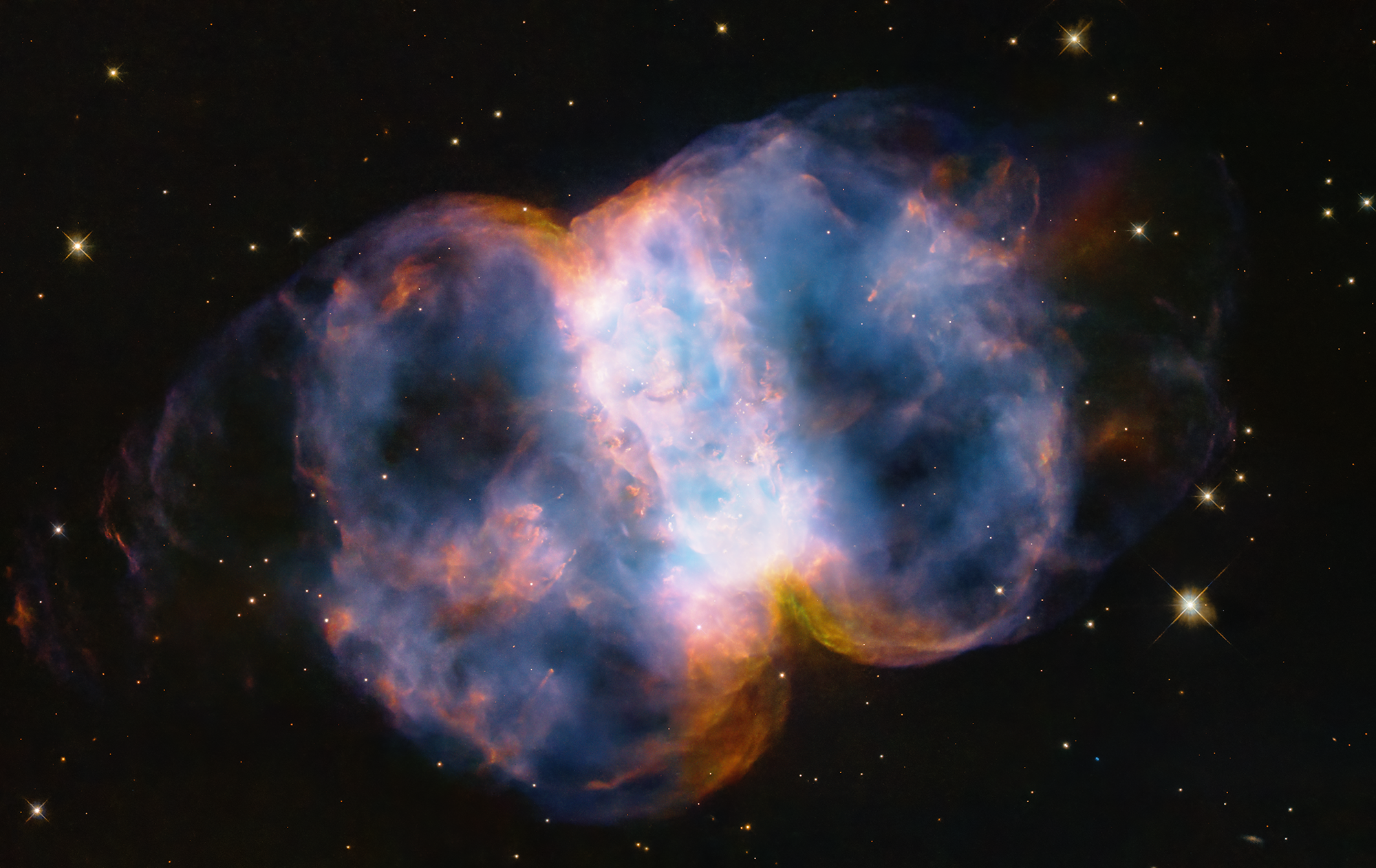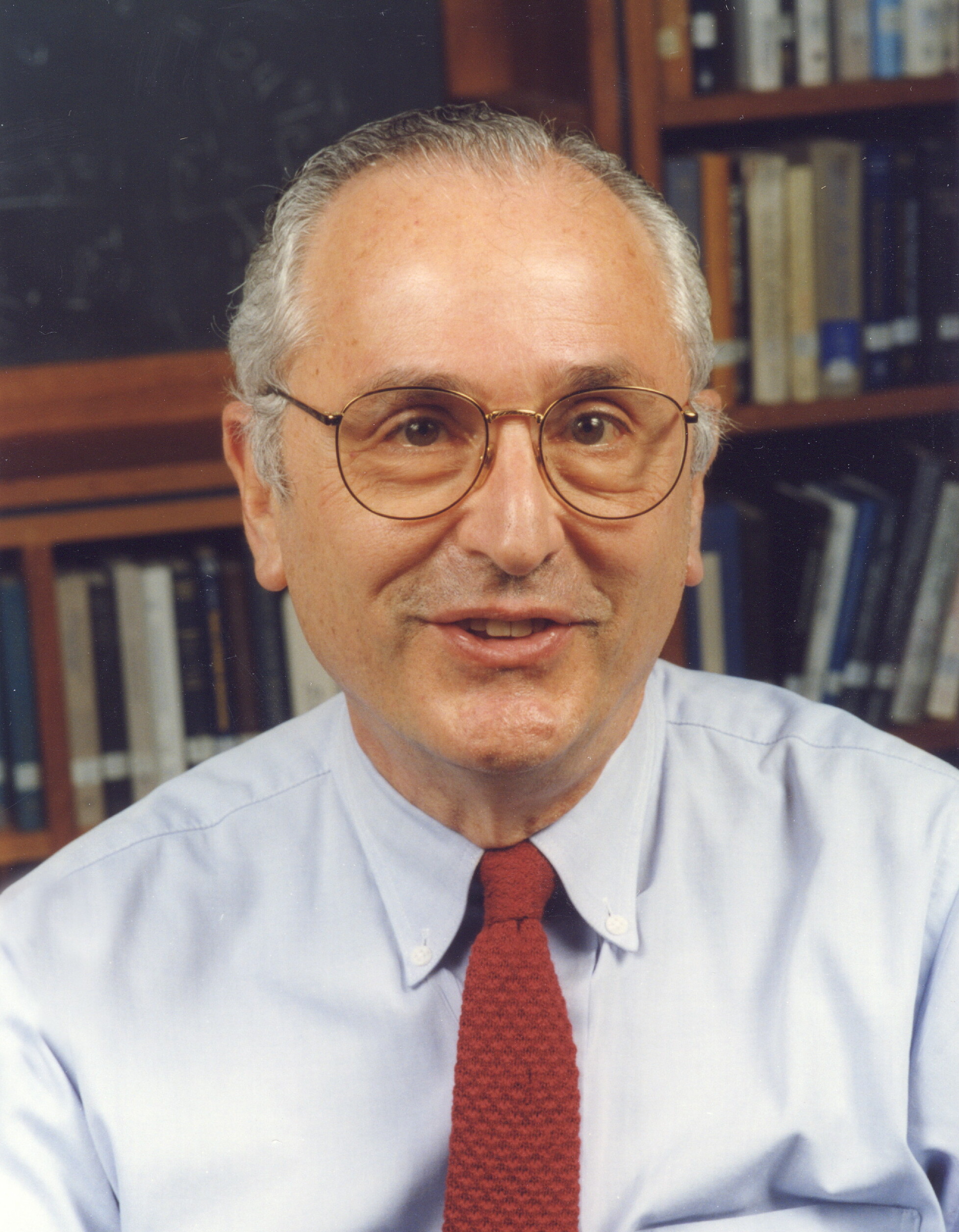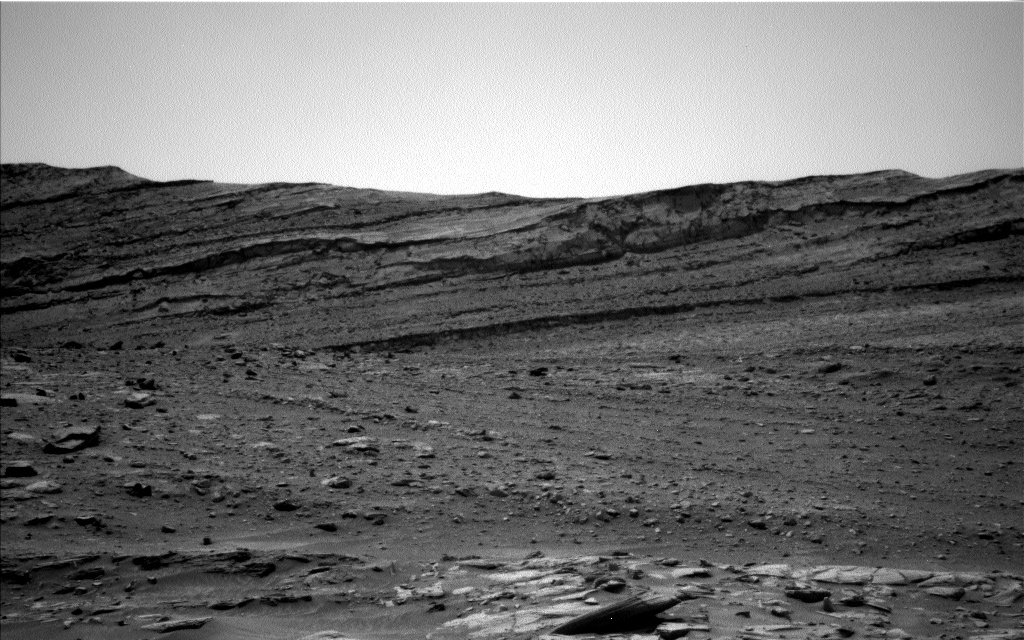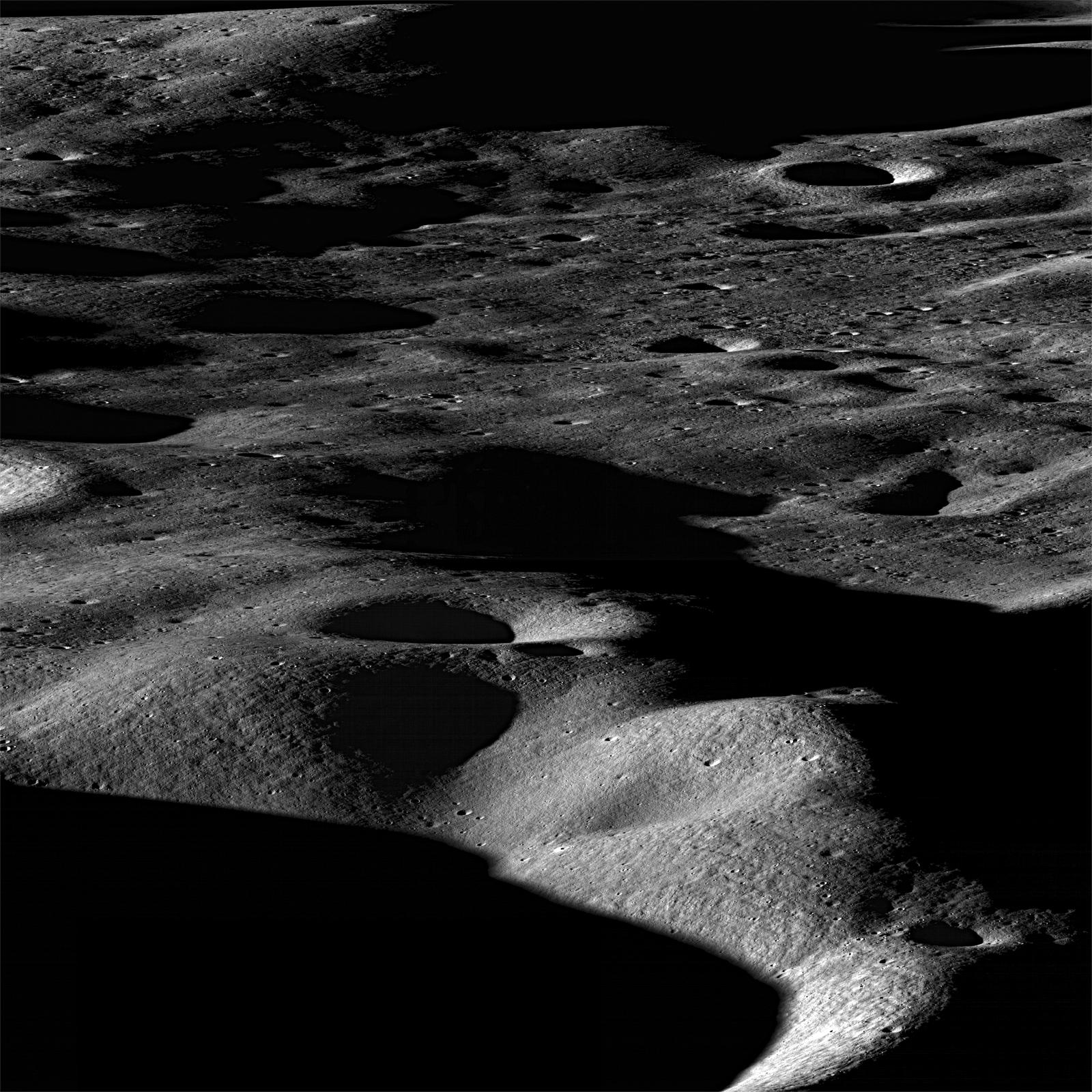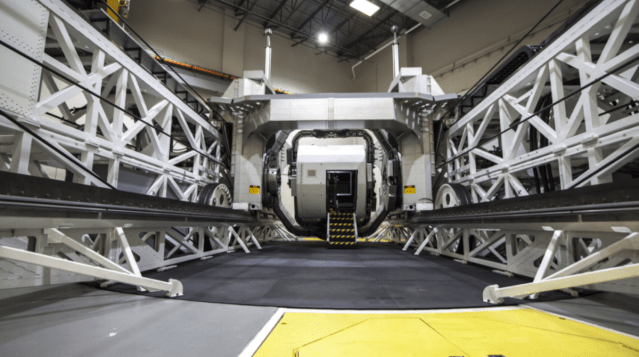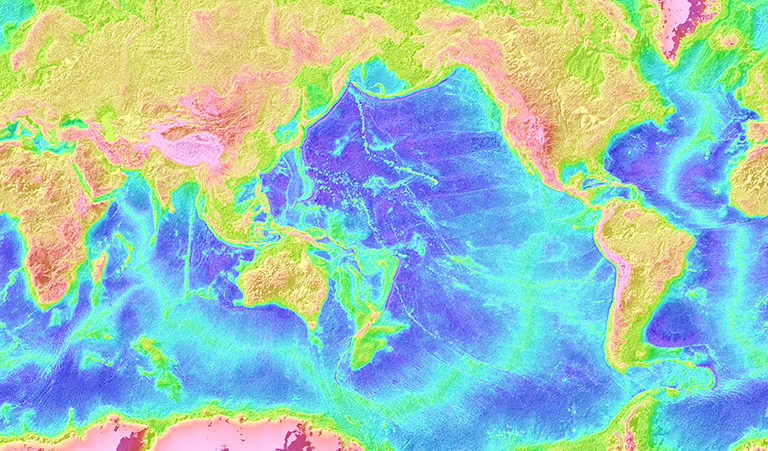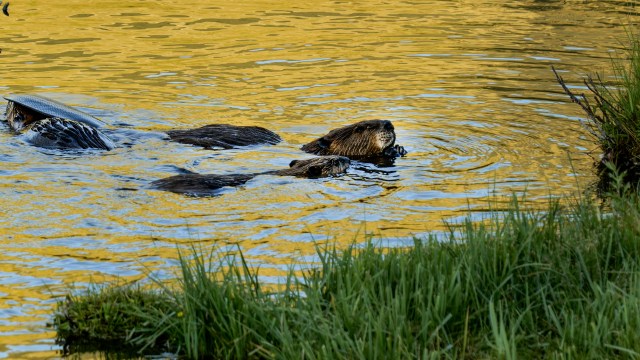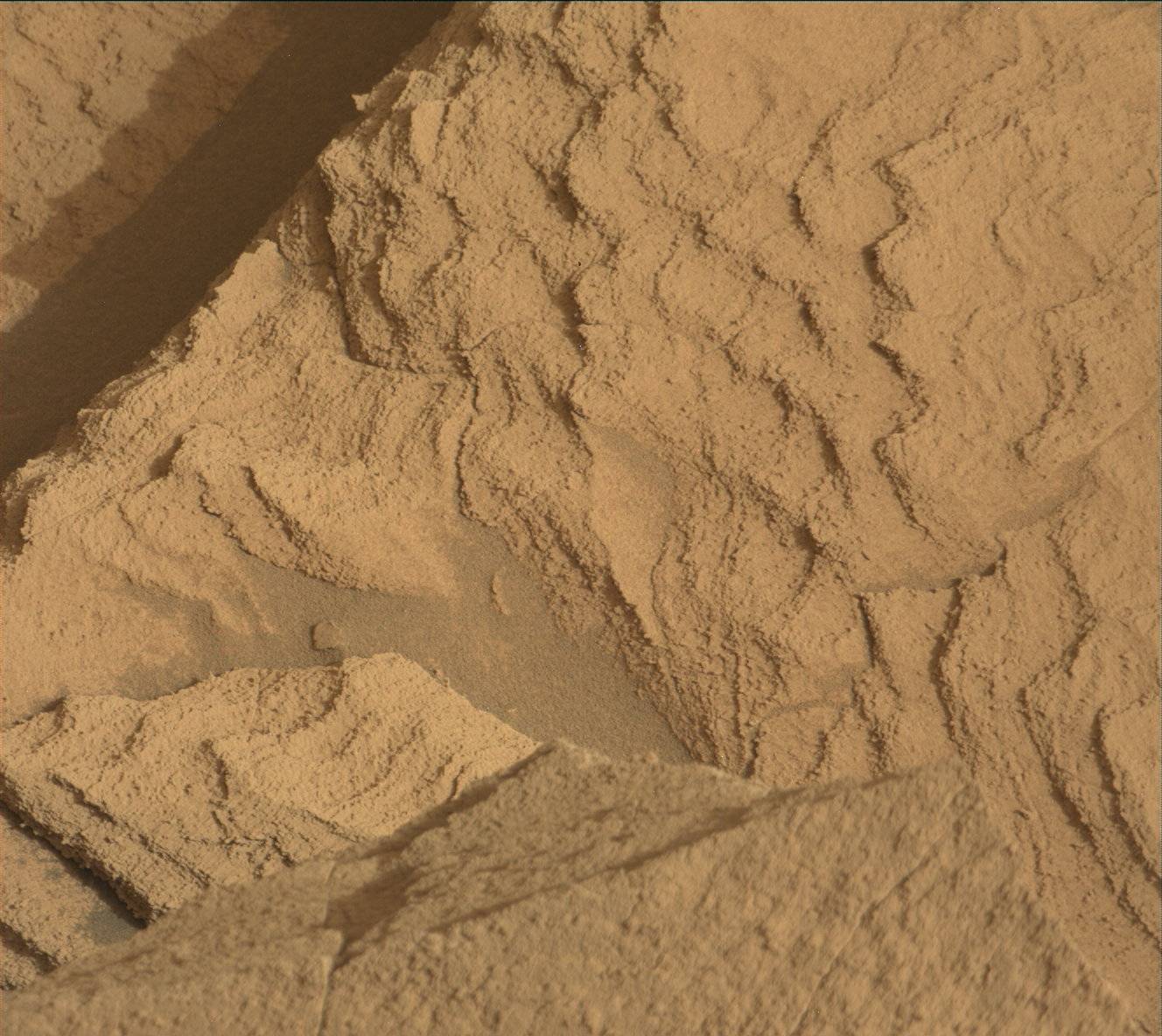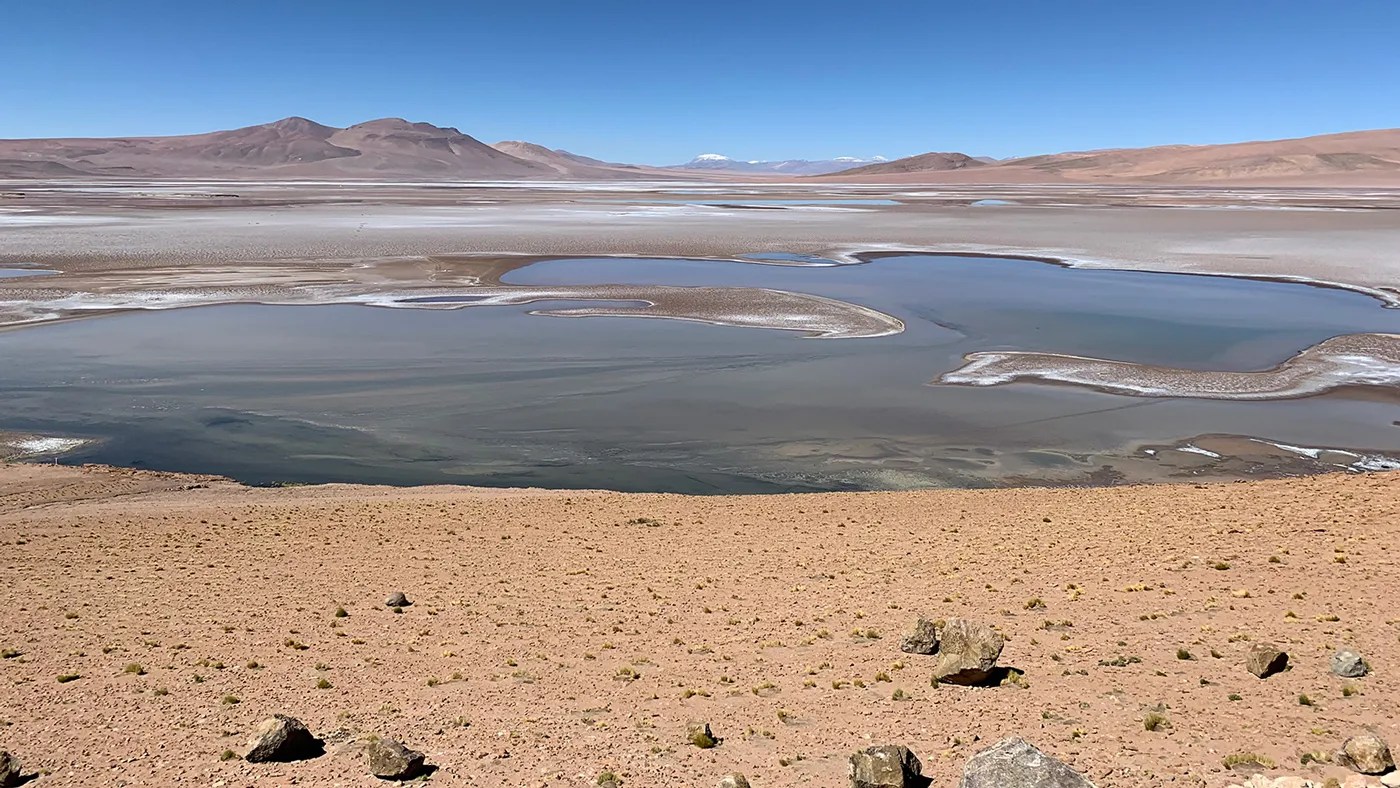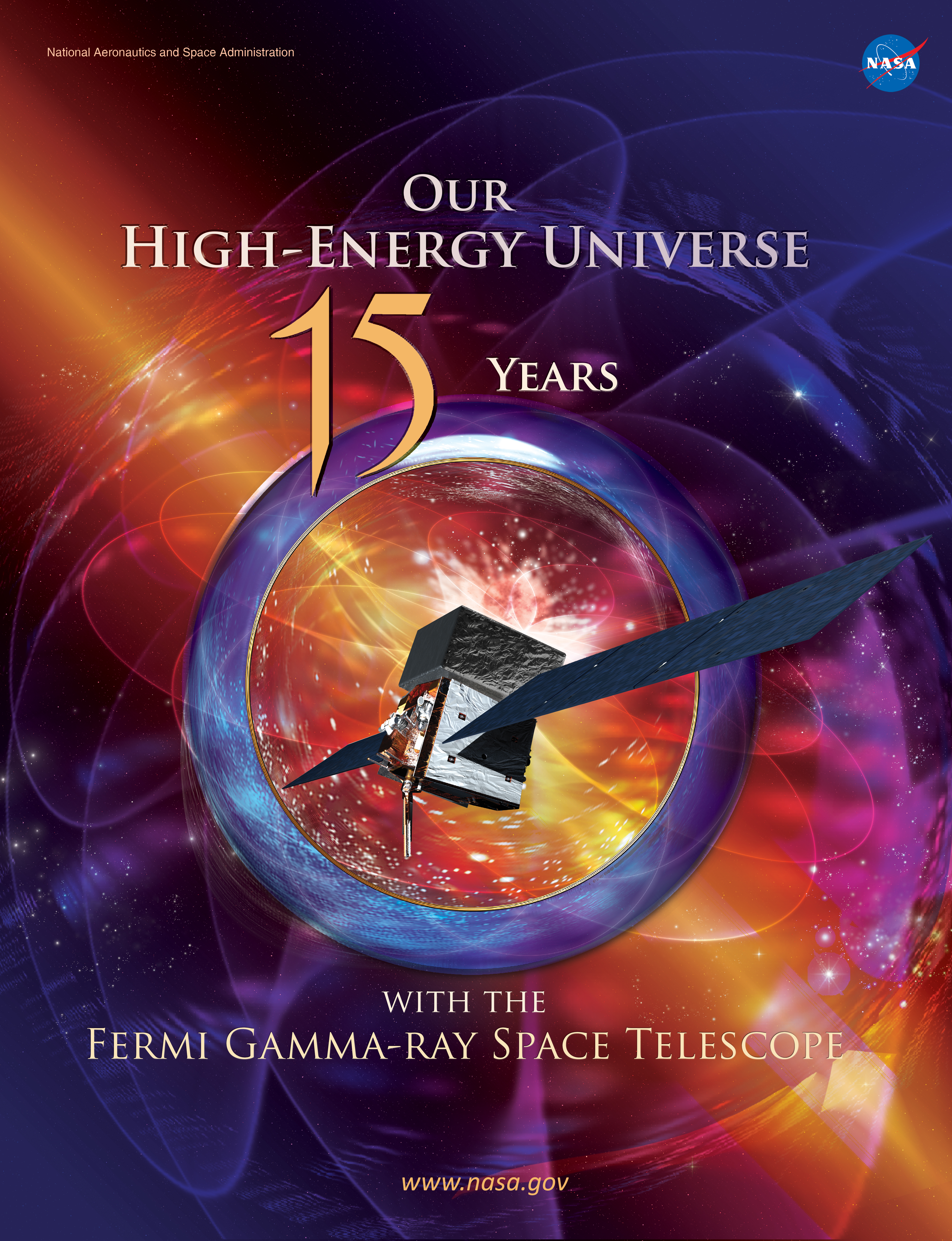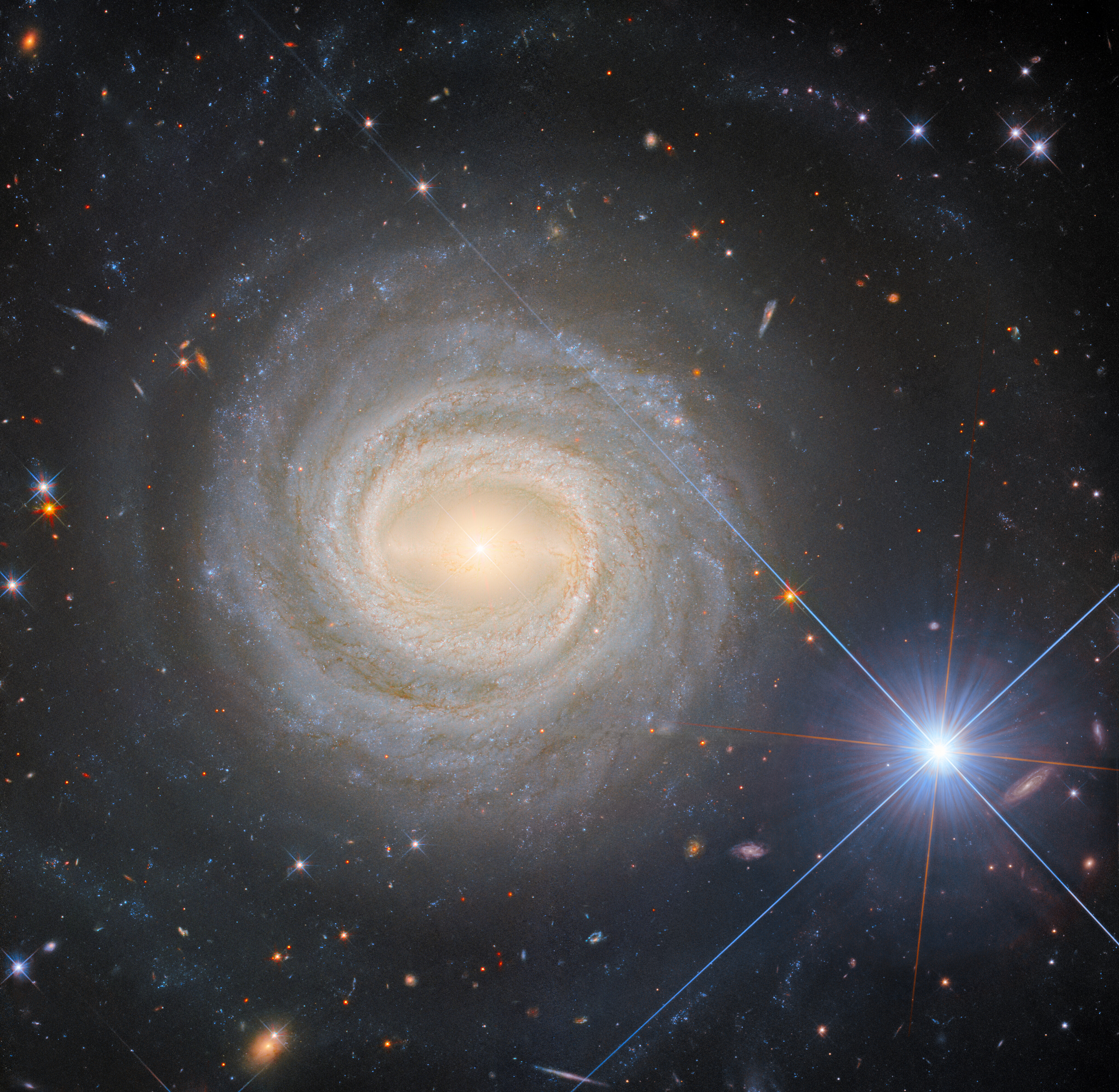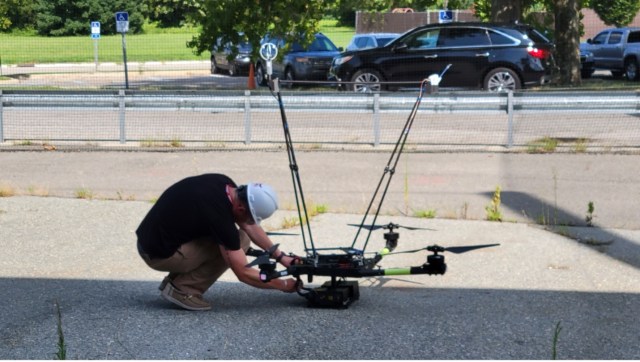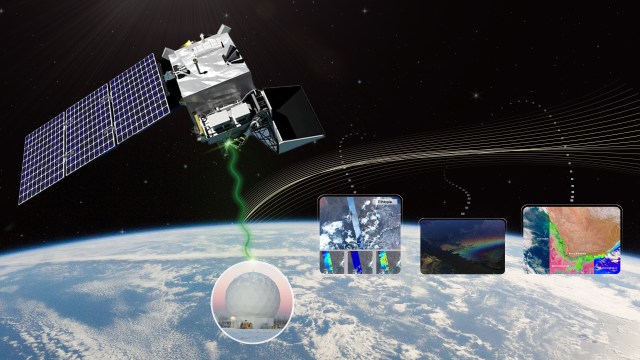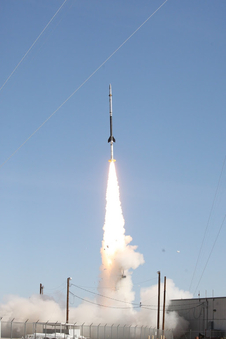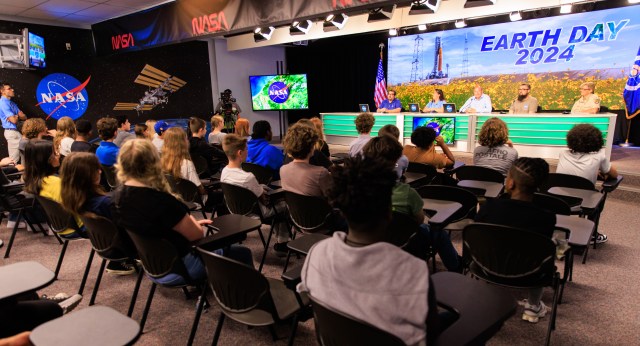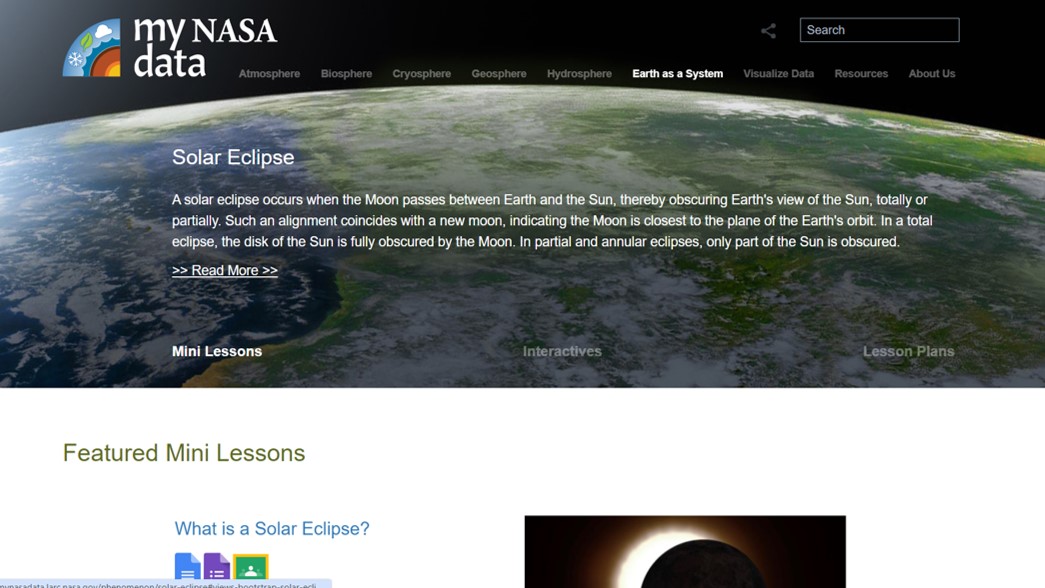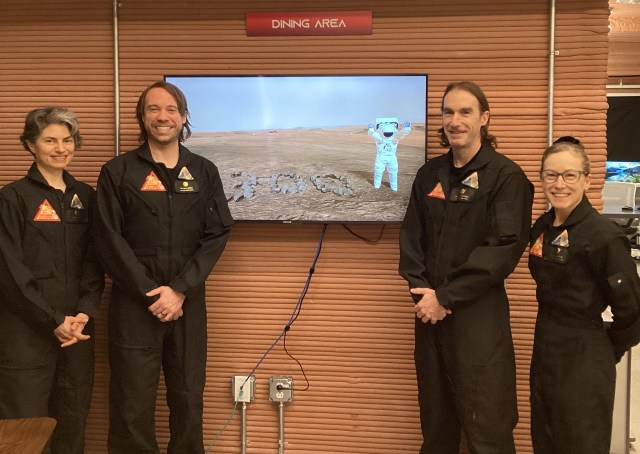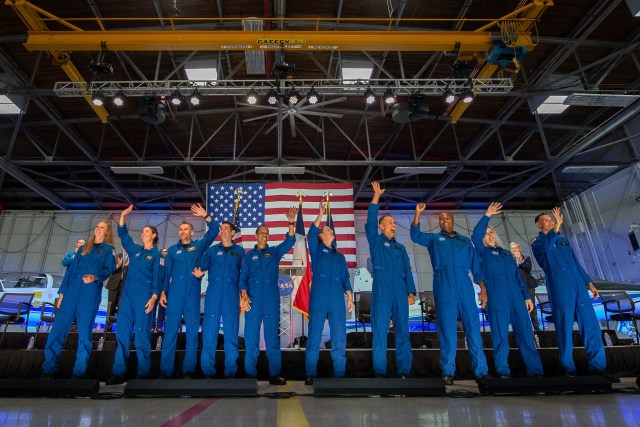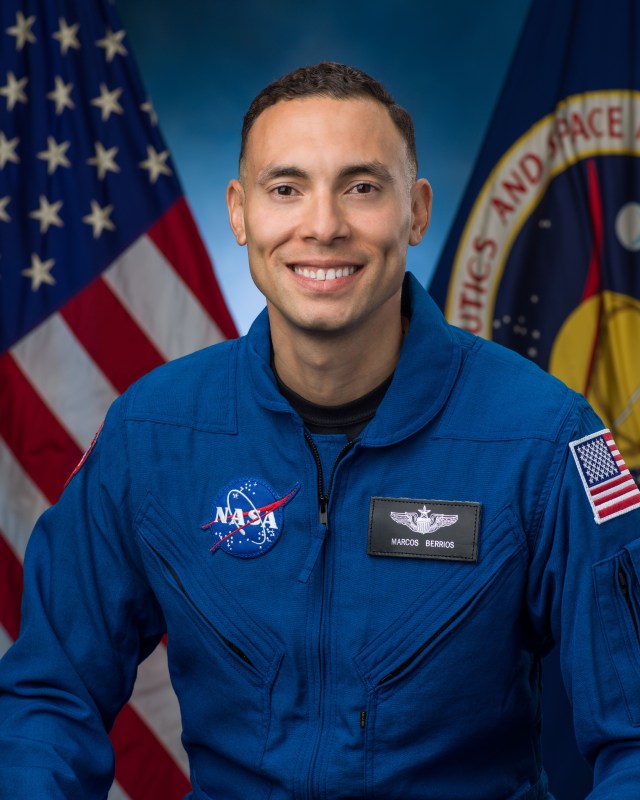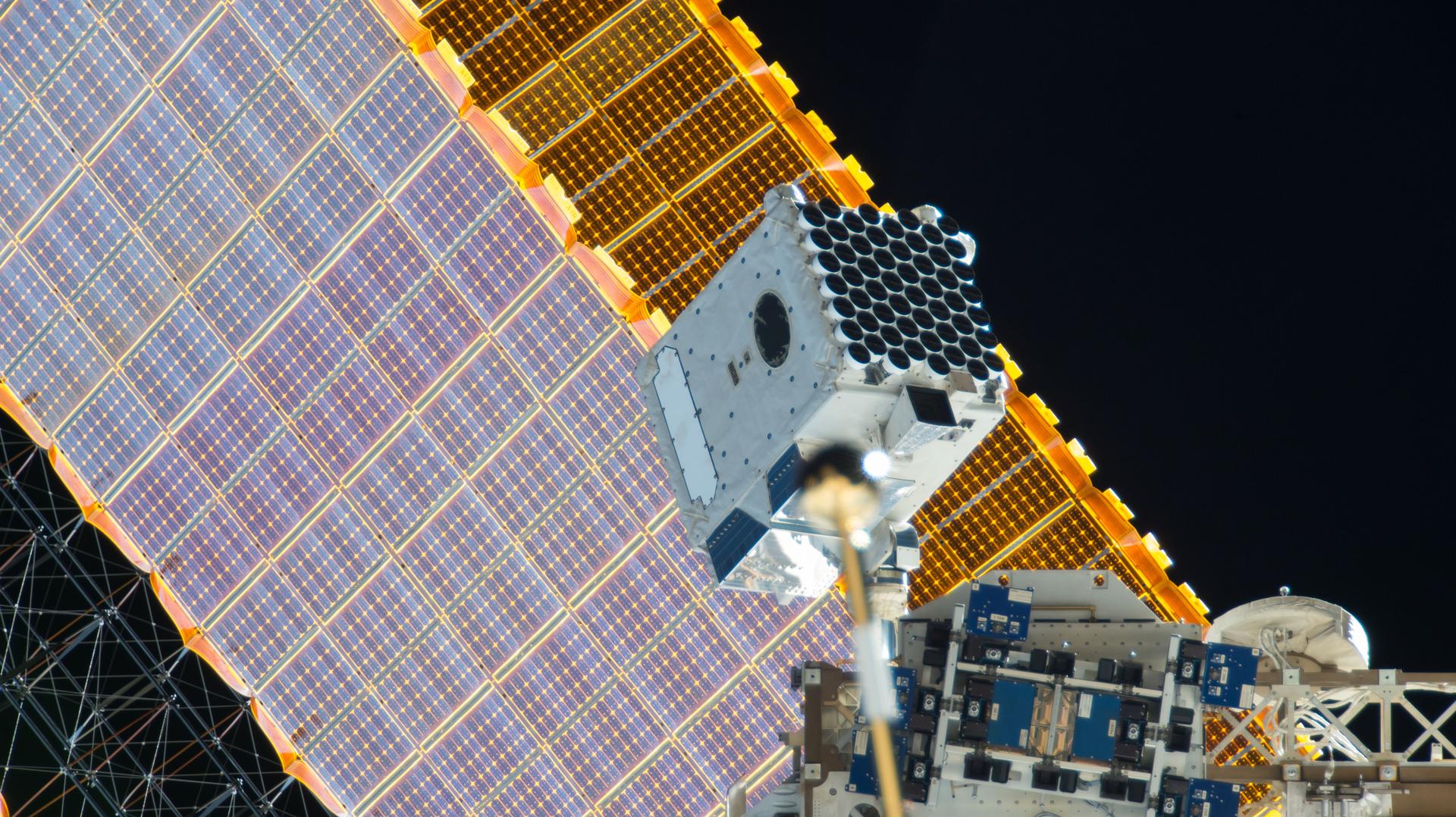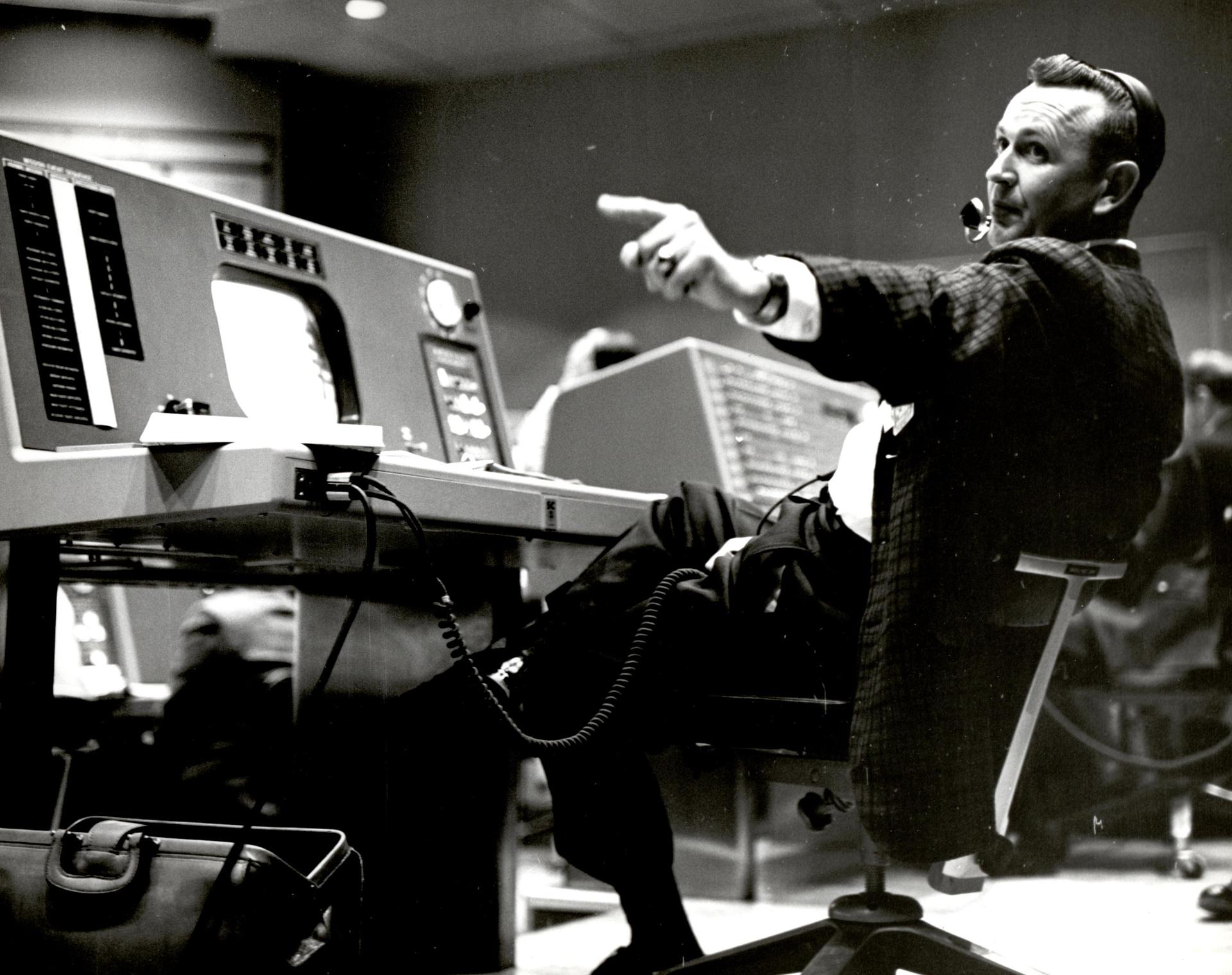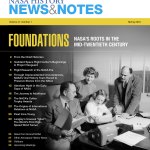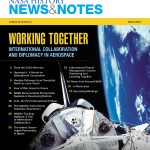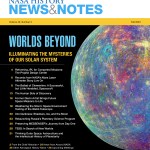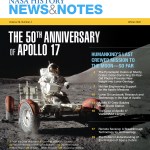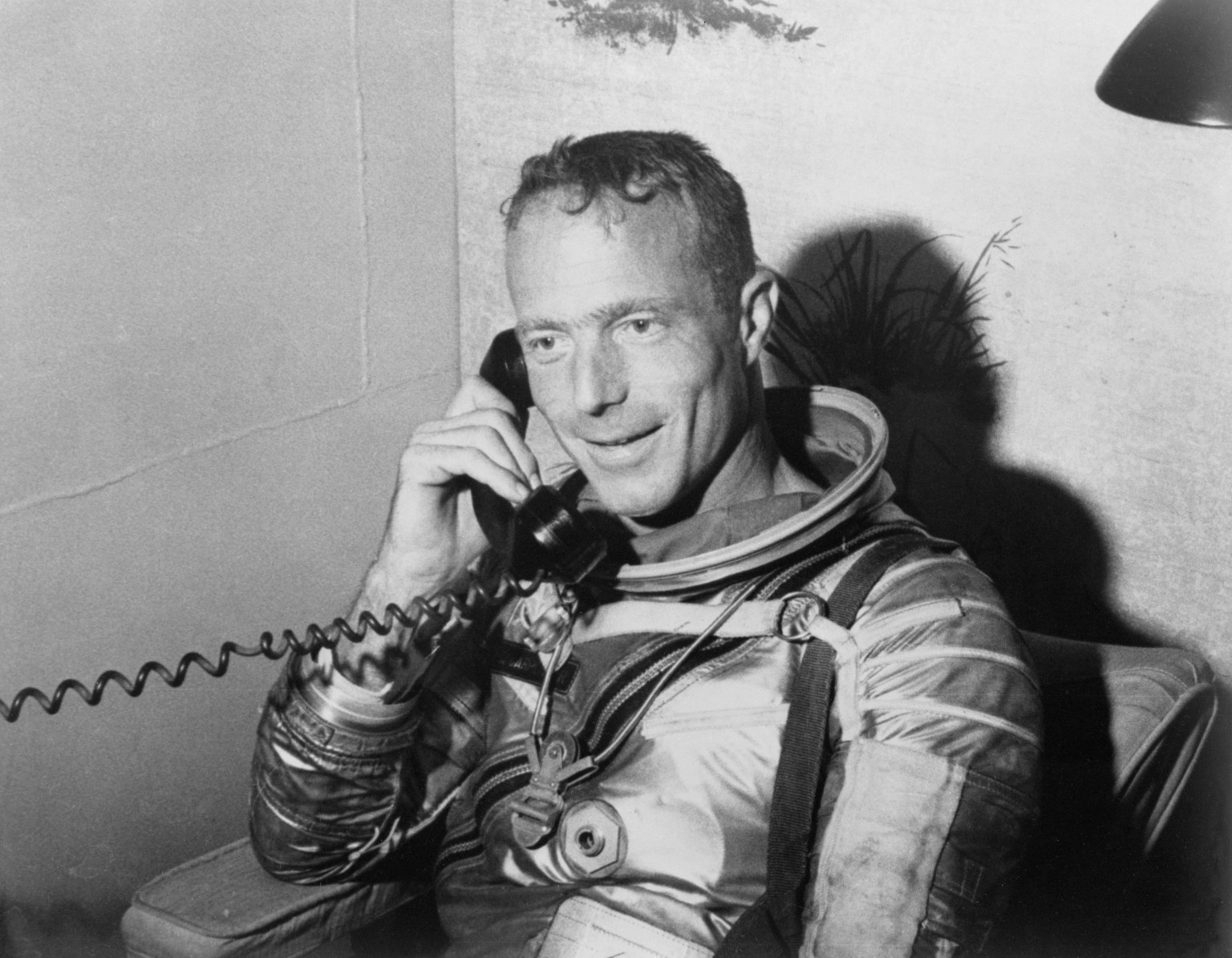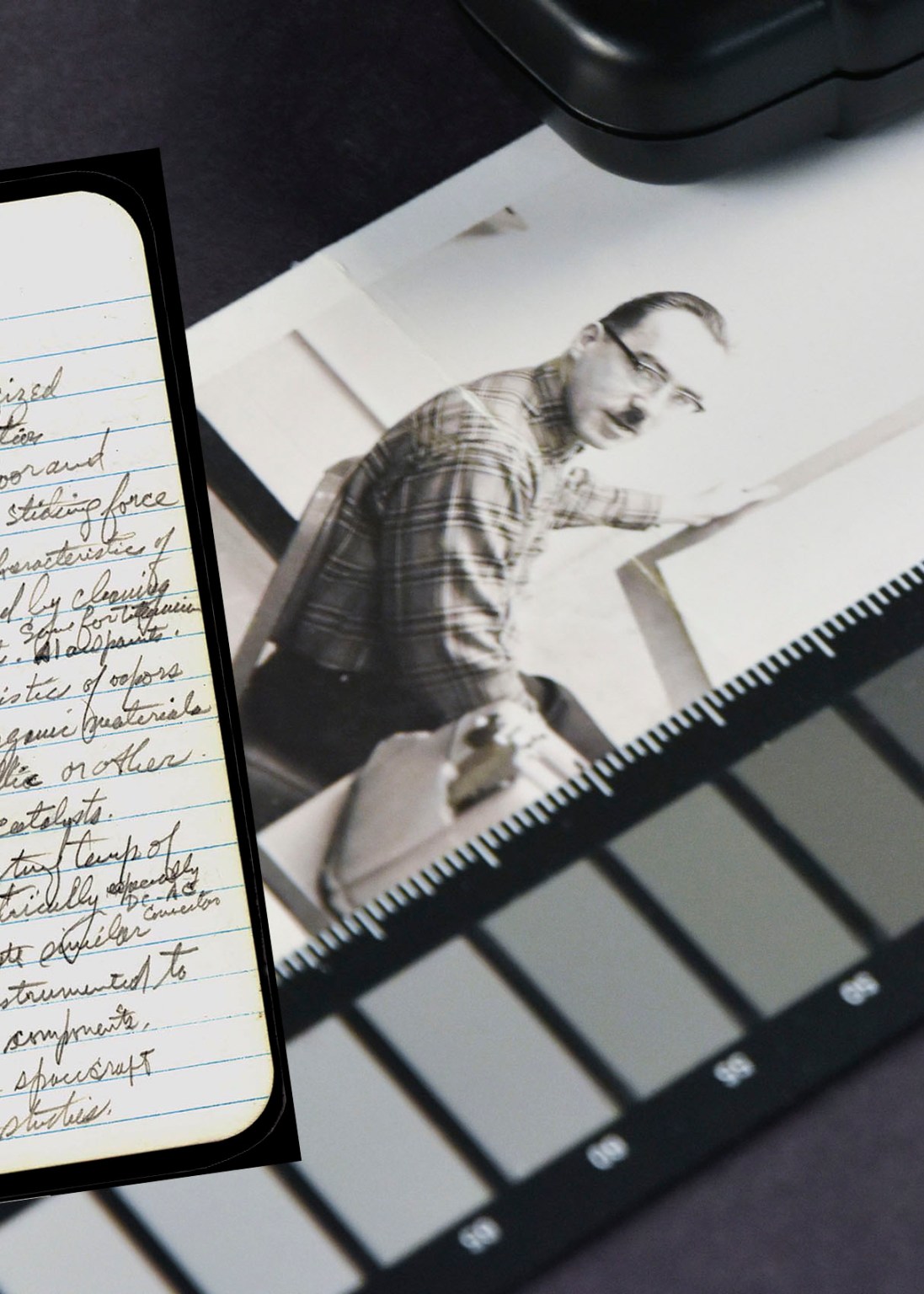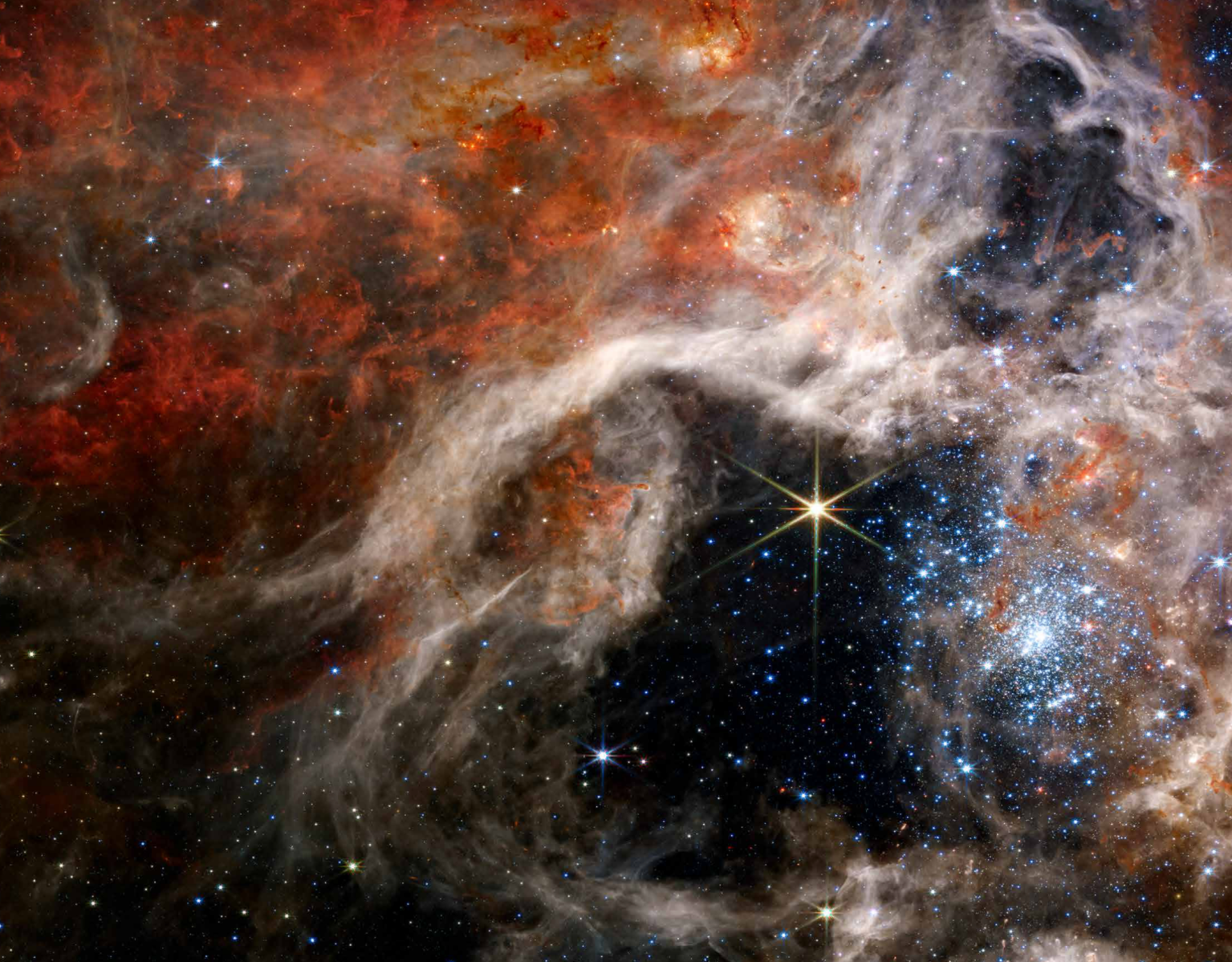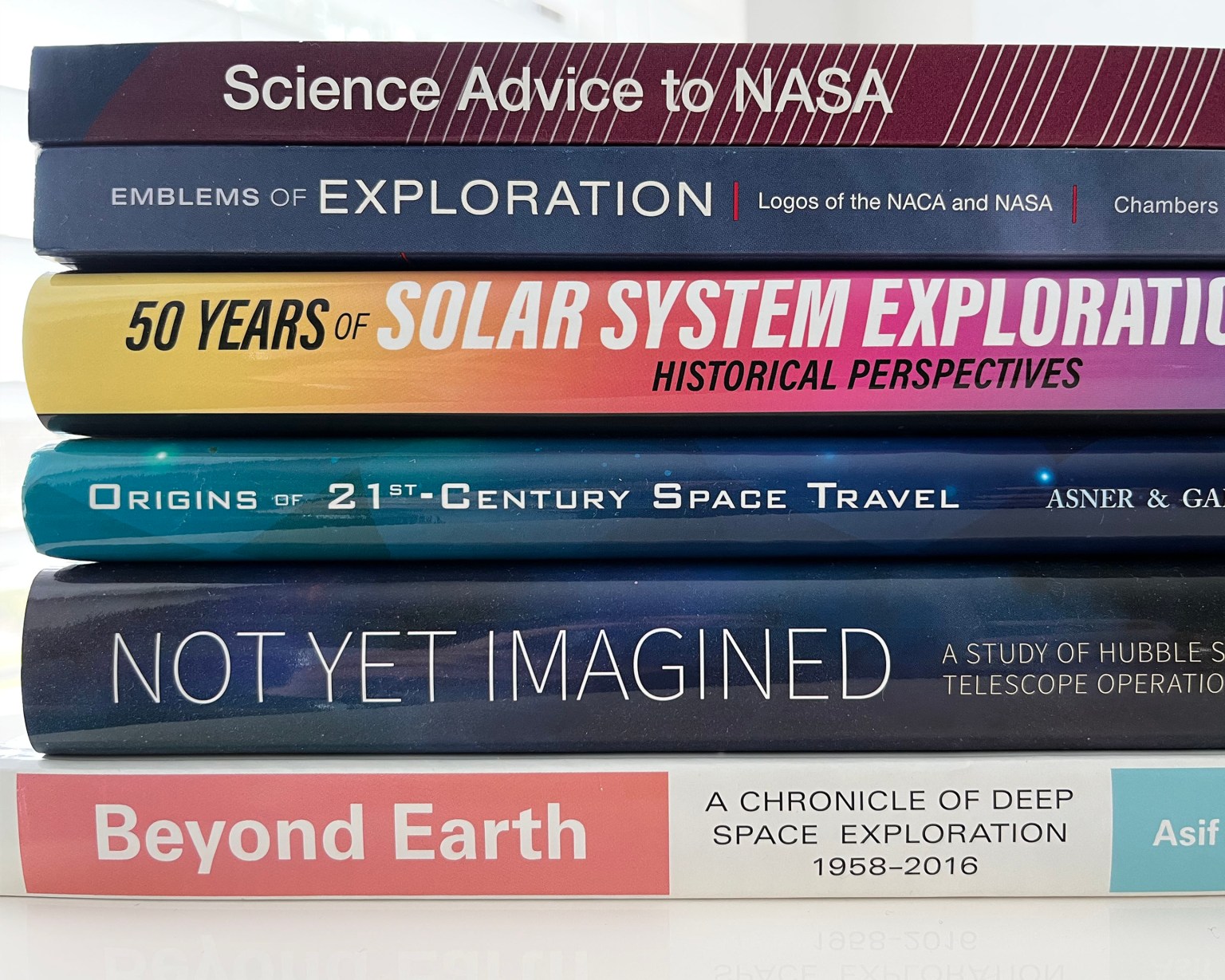Spring 2024
NASA’s Roots in the Mid-Twentieth Century
What aspects of NASA’s predecessors are still with us today? The articles in this edition of News and Notes focus on the period from World War II to the establishment of NASA in 1958, looking at NASA’s underpinnings in the NACA, and the lasting impacts of the research, the people, and events of that era.
Download the Spring 2024 Edition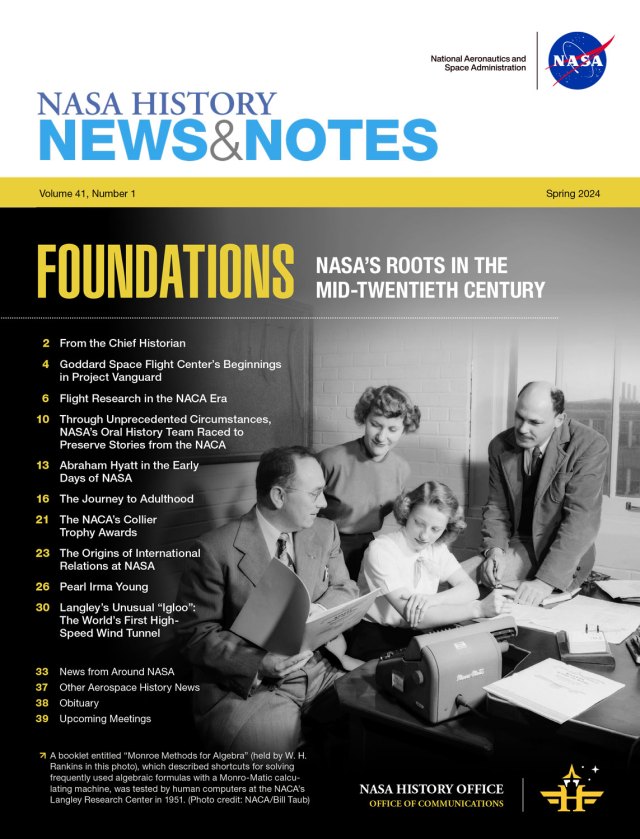
Winter 2023
NASA’s History of International Collaboration
The Winter 2023 issue of NASA History News and Notes looks at the history of NASA’s international partnerships to further science and exploration in space and here on Earth. The expectation of international collaboration is written into NASA’s founding charter, the National Aeronautics and Space Act of 1958. Articles discuss projects including ESA’s Spacelab 1, the demonstration of photovoltaic systems in partnership with developing nations, the Satellite Instructional Television Experiment in India, and the X-31 aircraft developed in conjunction with Germany.
Read the Winter 2023 Issue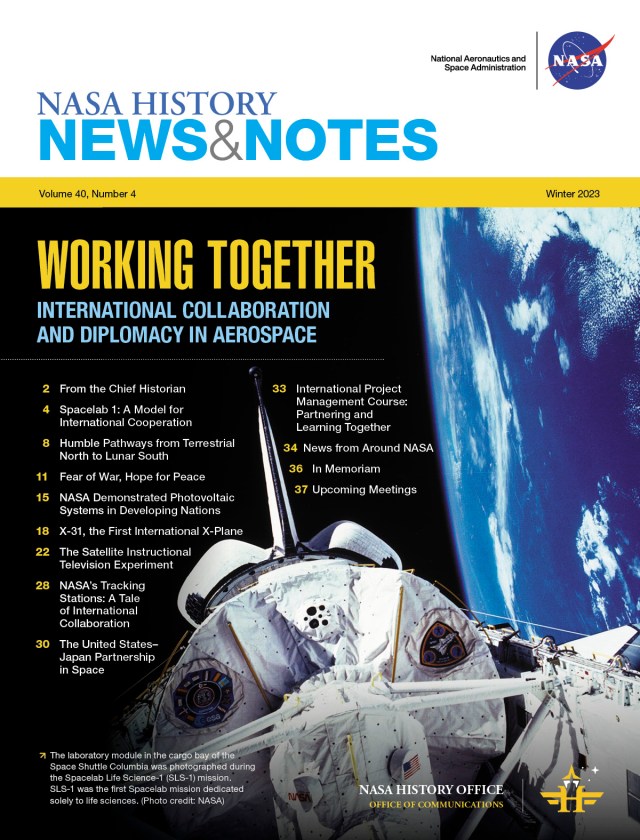
Fall 2023
Solar System Exploration
The Fall 2023 edition of News and Notes looks at solar system exploration history, particularly NASA’s Discovery Program which celebrates its 30th anniversary this year. Topics include changes to the Jet Propulsion Laboratory’s approach to planning planetary science missions, the Clementine mission, an oral history with Dr. James Garvin, artist Les Bossinas’s representations of future NASA missions, and a comparative look at international planetary science. Also included in this issue are highlights from NASA’s archival holdings for the Mars Laser Altimeter and MESSENGER mission, spacecraft testing, the Moon’s permanently shadowed regions, and more.
Read the Fall 2023 Issue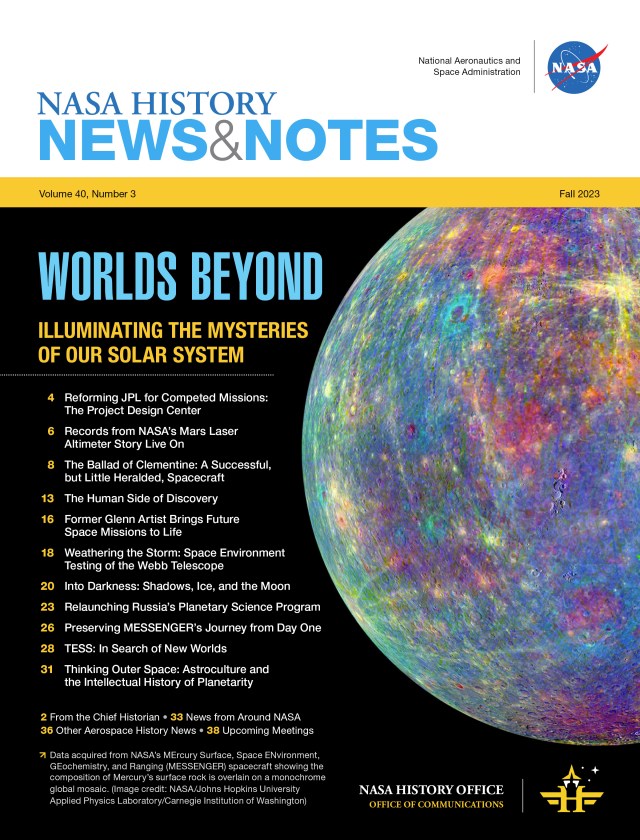
Summer 2023
NASA’s Aeronautics Research Continues to Generate Lift
NASA History News & Notes’ Summer 2023 edition focuses on NASA’s aeronautics research history and how lessons from the past still guide NASA’s work today. Topics explored include the beamed power for aircraft propulsion, the chase crews for the first Shuttle missions, jet engine research in the 1940s and ’50s, the evolution of NASA’s sustainable flight portfolio, the history of the ban on supersonic flight over land, traffic management in air and space, coaxial rotor system research, and much more!
Read the Summer 2023 Issue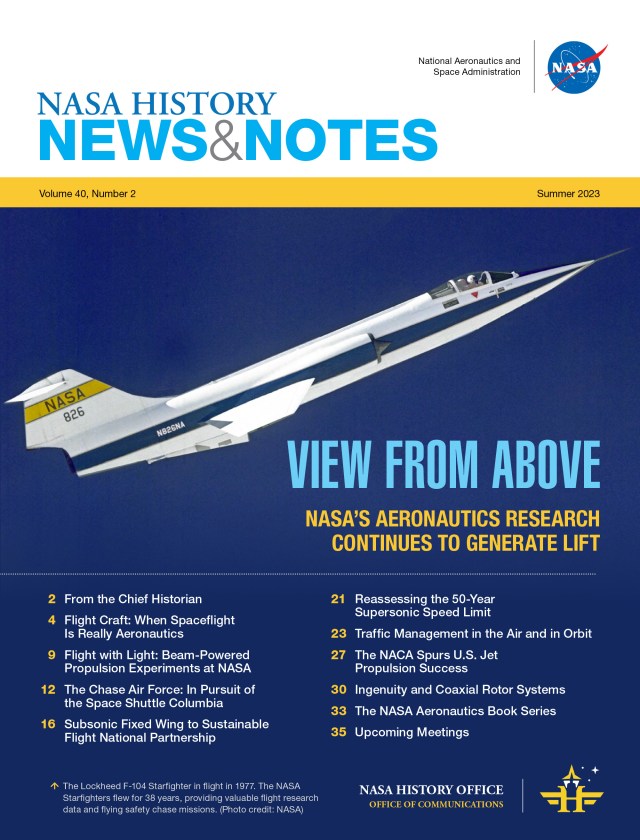
Spring 2022
The 20th Anniversary of the Space Shuttle Columbia Disaster
Historians discuss the repercussions of the STS-107 tragedy and how it continues to shape NASA today. Reflections on other aerospace disasters and the safety and leadership lessons that were learned are also included.
Read the Spring 2023 Issue
Winter 2022
Apollo 17’s 50th Anniversary
Topics include the orange soil at Shorty Crater, Engineering Support for the Apollo 17 mission at Johnson Space Center, the mission’s science investigations, the crew’s visits to Plum Brook Station and Langley Research Center, and more!
Read the Winter 2022 Issue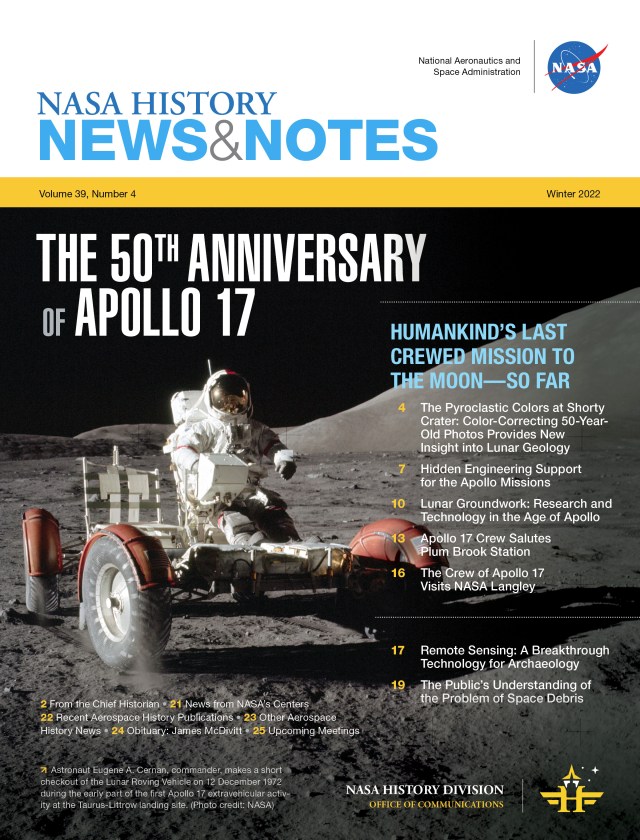
Get NASA History News in your Inbox
Subscribe to the NASA History Listserv to get the latest NASA History news, including our quarterly newsletter.
Join by sending a blank email to history-join@lists.hq.nasa.gov
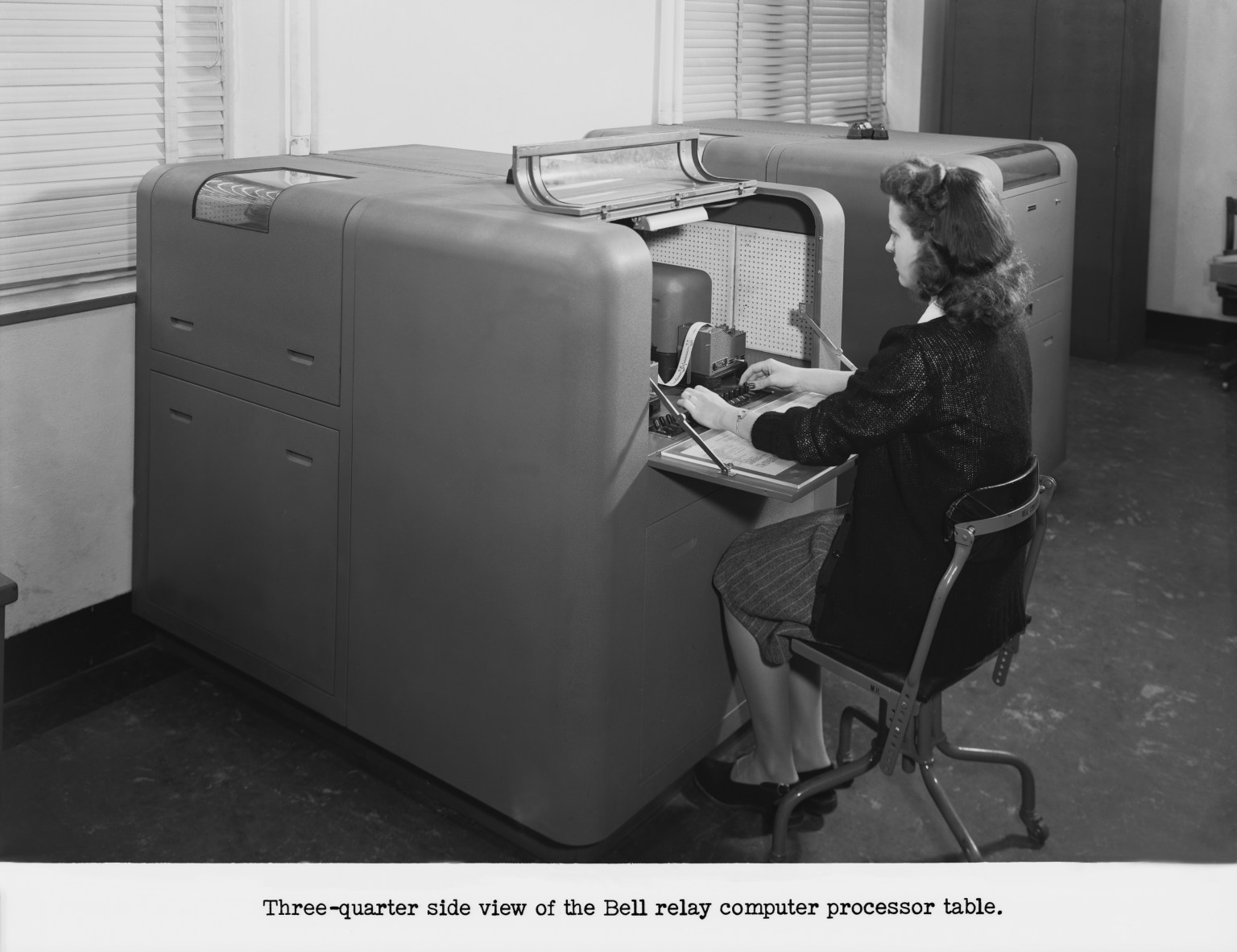
Issues from 2015 to Present
Issues from 2006–2014
| 2014 | 2013 | 2012 |
|---|---|---|
| Vol. 31-4 Vol. 31-3 Vol. 31-2 Vol. 31-1 | Vol. 30-4 Vol. 30-3 Vol. 30-2 | Vol. 29-4 Vol. 29-2 & 3 Vol. 29-1 |
| 2011 | 2010 | 2009 |
|---|---|---|
| Vol. 28-4 Vol. 28-3 Vol. 28-2 Vol. 28-1 | Vol. 27-4 Vol. 27-3 Vol. 27-2 Vol. 27-1 | Vol. 26-3 Vol. 26-2 Vol. 26-1 |
| 2008 | 2007 | 2006 |
|---|---|---|
| Vol. 25-4 Vol. 25-3 Vol. 25-2 Vol. 25-1 | Vol. 24-4 Vol. 24-3 Vol. 24-2 Vol. 24-1 | Vol. 23-4 Vol. 23-3 Vol. 23-2 Vol. 23-1 |
Looking for Older Issues?
Contact us for issues from 1965 through 2005, as well as NASA History Year in Review reports for 1994 through 2009.
Contact Us